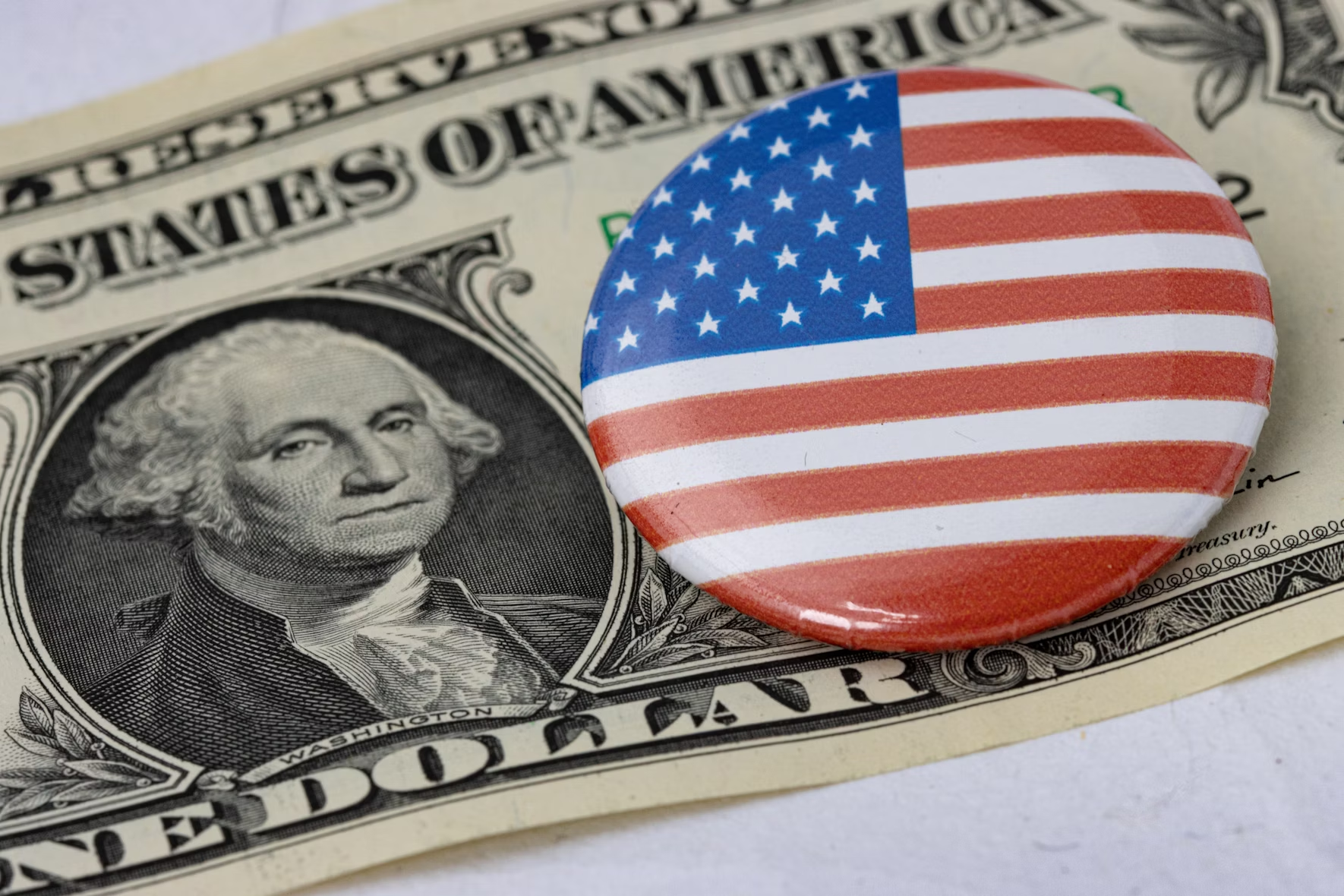The Federal Open Market Committee decided to once more pause its rate-cutting activity. The meeting highlighted a revision in GDP growth projections for 2025, now at 1.4%, including higher unemployment (rising to 4.5%) and greater inflation (core PCE projected at 3.1%). The Fed maintains its forecast of two rate cuts at year end and quantitative tightening at $5 billion per month, opting for a wait-and-see approach. Fed Chair Jerome Powell reiterates insecurity around tariff impacts as a key reason for delaying cuts, going by the logic of tariffs pushing inflation higher. Although job markets appear stable with low unemployment, the weakening job creation trend came into question. The current market projection is hopeful for a September rate cut, contingent on clarity regarding tariffs, particularly following Trump’s temporary pause set to expire in early July.
EQUITY
Main market index stayed mostly unchanged after the Federal Reserve kept the status quo on its rate, maintaining its projected two cuts for 2025 while still wary of inflation, which it now expects to end the year at 3%. Smaller-cap indices fared better with a half-percentage gain, with the volatility index temporarily going over 20. The US Senate passed the Genius Act, a federal framework for dollar-backed stablecoin issuance and management, the basis for Coinbase's 16% gain.
GOLD
Gold prices consolidated lower ahead of the Federal Reserve's interest rate decision, with sentiment turning from trade war to violent confrontation in the Middle East supporting its value with an improving dollar and declining Treasury yields. Central banks, including India’s RBI, continued to increase gold reserves as part of a strategic pivot away from dollar-denominated assets, a trend that was triggered by financial blockade by the U.S. towards Russia in 2022.
OIL
Oil prices stay elevated with continued aggression compounded with potential U.S. involvement, evidenced by Trump's claim of air superiority and multiple air tankers deployed raising fears of a broader conflict. Market analysts highlight a growing geopolitical risk premium of around $10 per barrel due to supply concerns and volatility. Further escalation could lead to direct attacks on energy infrastructure and blockage of the Hormuz strait, accounting for 19% of international oil needs.
CURRENCY
The U.S. dollar climbed to a one-week high, unshaken by Fed's decision to maintain its outlook for two quarter-point cuts in 2025. Safe-haven demand helped support the dollar as the Israel-Iran conflict entered its seventh day. Risk-sensitive currencies bore the brunt of the dollar's advance, with the Australian dollar falling 0.5%, the New Zealand dollar declining 0.67%, and the South Korean won weakening 1%, while the euro hit a one-week low and headed for its biggest weekly decline since February.













